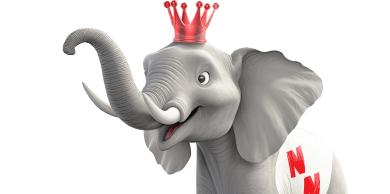Ants in Florida
While not every ant species in South Florida is destructive or delivers painful bites, these tiny pests still have the potential to disrupt your day. Ants can be a significant problem in Florida due to our warm and humid weather. Learn all about ants and how to identify them here, and use the button above to get in contact with us to help remove and prevent ants in your home or business!



